
NEWSLETTER
Wpisz swój adres e-mail i zyskaj e-booka
Bez niechcianej poczty ani reklam
Tylko merytoryczne treści z obszaru digitalizacji produkcji

Border security has been an extremely hot topic lately. Today, however, I would like to put aside the political aspects and objectively look only at the technological ones. After all, border security in Poland and around the world is no longer limited to building fences or erecting more watchtowers.
More and more countries are investing in cutting-edge solutions that allow them to detect threats faster, while reducing the risks for the officers themselves. In this article, I would like to take a closer look at them, analyzing the most interesting ones, and answering the question: can border protection become completely automated in the future ?
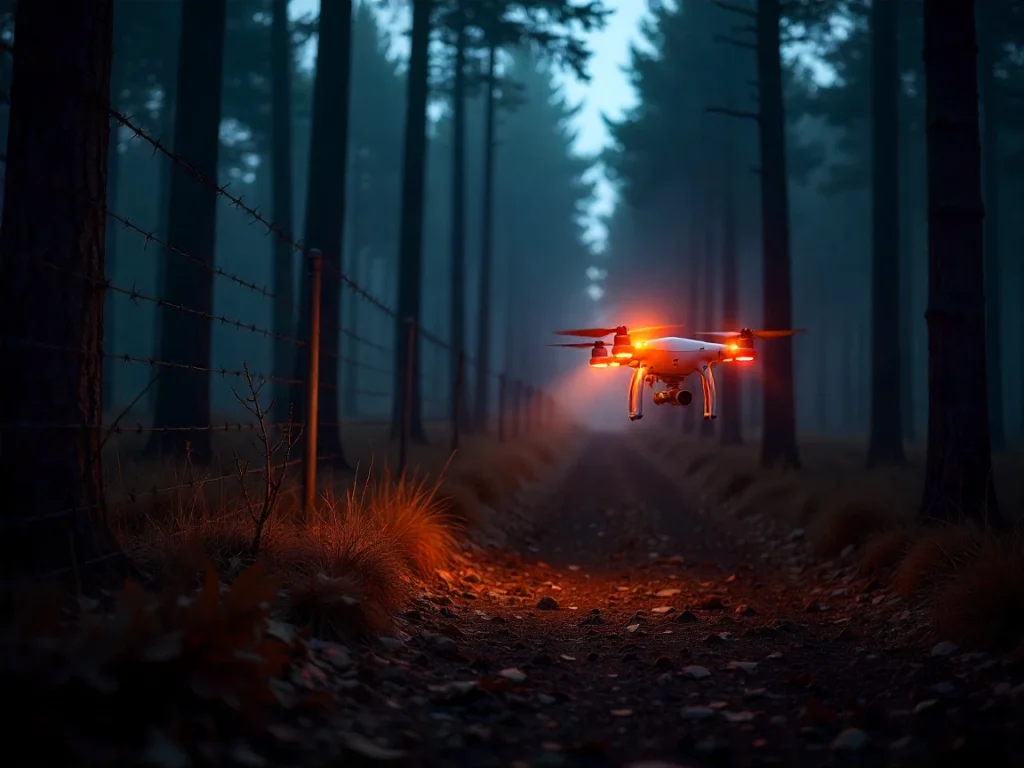
Let’s start with a bit of theory. Currently, the Polish national border is a little over 3,500 kilometers. If we wanted to visualize it for ourselves – this is about the same as the road distance from Warsaw to Lisbon. The time required to cover such a distance by bus is about 47 hours., by car (without stops) – about 35 hours. We have both internal borders, such as with Germany and Slovakia, and external borders, which separate the European Union from Ukraine, Belarus or Russia. Such a long length makes border protection a task that requires good organization, appropriate equipment and technological support.
About 15,000 people serve in the Polish Border Guard. If they were all lined up along the border at equal intervals, the average distance between them would be about 250 meters – about the length of the National Stadium. In theory, then, they could have the entire border line in sight. In practice, of course, this is impossible, not least because the officers work in shifts, and some of them perform tasks other than patrolling the area…. That’s one reason why systems and technologies that operate day and night without interruption are becoming increasingly important.
In recent years, our country has seen intensive development in the digitization of border protection. On the most sensitive sections, especially in the east – the Polish-Belarusian border, technologically advanced solutions are used. Among them we can distinguish:
On the border with Belarus, in addition to the physical protection of the border, the so-called electronic barrier is being expanded – with a network of sensors and cameras that work around the clock, allowing for comprehensive protection.
Thanks to such solutions, border protection in Poland is gaining new opportunities. Technical systems make it possible to detect attempts at illegal passage earlier, and automatic data analysis makes it possible to send a patrol to the site more quickly. This combination of traditional activities of Border Guard officers with modern technology means that even such a long border section can be effectively monitored.
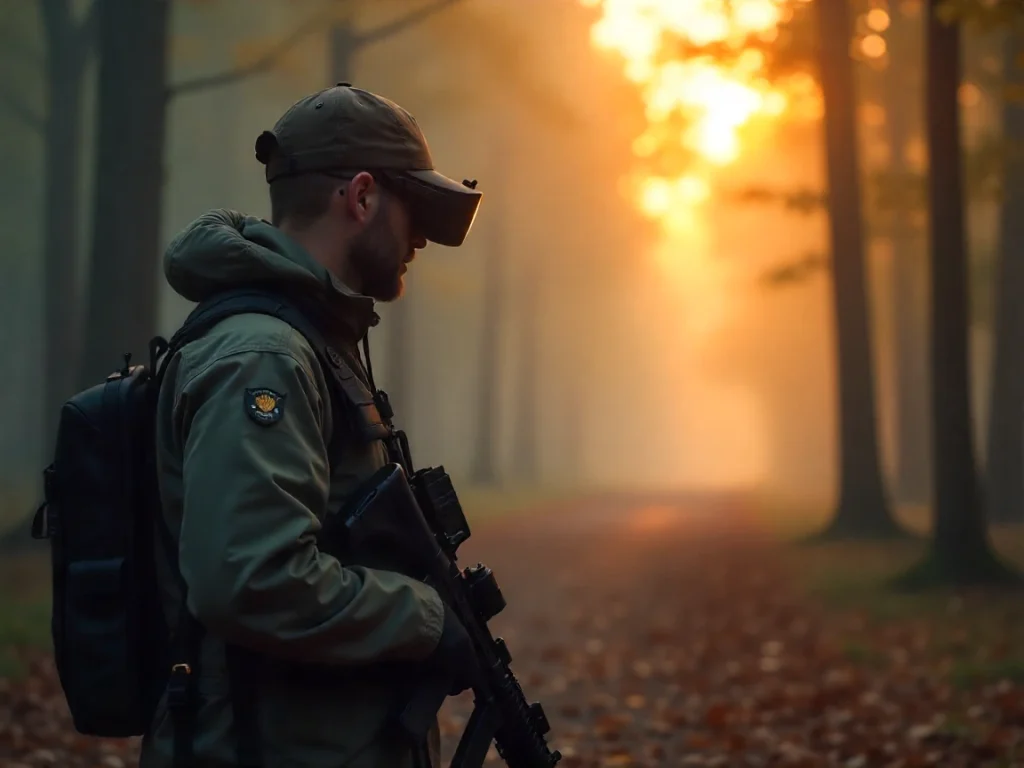
Today’s border security is a far cry from the foot patrols or traditional checkpoints familiar from years ago. More and more countries are reaching for technologies that allow the constant monitoring of hundreds of kilometers of border line without the need for a large number of officers to be present all the time. Thanks to automation, remote observation systems and devices that operate in harsh environments, border services are able to respond more quickly to threats and more effectively prevent attempted illegal crossings.
Below you will find some examples of solutions that are already in use in different parts of the world.
Many countries use land robots to patrol the area along the border. They can move fully autonomously or be remotely controlled from a command center. Such devices can also detect unusual movement, border line crossings or even attempts to destroy the fence. An example of such a vehicle worth mentioning comes from Israel. It is a Jaguar vehicle that patrols the border with the Gaza Strip. It can avoid obstacles, conduct video surveillance and, if the situation warrants, operate remote-controlled weapons. A similar vehicle is the Guardium UGV, which operates in continuous mode and can respond to sounds and unusual movements.
For years now, cameras have been one of the basic tools in border security. However, until a dozen years ago, the previews from them had to be watched on the fly. Today they work together with automatic image analysis systems. Artificial intelligence algorithms detect irregularities and only when they appear do they send an alert to the duty officer.
Such a system allows thousands of cameras to be installed without the need for hundreds of operators. One of the best-known examples is Skynet, a system in China. More than 600 million cameras operate there, analyzing images in real time. Similar solutions can be successfully applied at national borders, not only in cities.

Get 5 chapters of the book for free!
Join the newsletter and gain access to 40% of the book
“15 Steps to Buying an Information System“.
Drones have become an important part of border security support. They allow monitoring of terrain from the air or bodies of water without the need to send people to the places in question. This makes it possible to quickly check hard-to-reach places, such as dense forests, swamps, steep slopes or strips of land between rivers. Equipped with daylight and thermal imaging cameras, the drones transmit real-time images to command centers. Operators can immediately pick up suspicious events – for example, a group of people heading toward the border line or unusual vehicle movement in the border area.
In the European Union, drones are used as part of EUROSUR (European Border Surveillance System). This solution integrates data from various sources: radar, satellites, patrol units and just UAVs. This gives border services a broader picture of the situation and allows them to take action even before the threat reaches the border crossing line itself. This approach saves time and resources, while allowing for constant surveillance of large sections of the border where traditional patrols would be too costly or too slow. Drones do not replace officers, but they significantly increase the effectiveness of their work.
Border protection also includes what happens underground. Israel uses a network of seismic, acoustic and GPR sensors to detect attempts to tunnel under the border line. These devices operate continuously, recording vibrations and unusual noises. If suspicious signals are detected, they send an alert to the command center.
Similar solutions could be applied in Poland, especially in sections where fences are easier to bypass. Integrating underground sensors with camera and patrol systems increases the effectiveness of surveillance and makes it possible to react before threats surface or illegal trespassing occurs.
Biometrics is already widely used at airports and many border crossings. Automated gates can recognize a traveler’s face, scan fingerprints or irises, making check-in much shorter than at traditional manually operated checkpoints. However, this is not a perfect solution. The biggest challenge of border security in this area today is not the downloading of data itself, but its rapid processing and comparison with databases, so that the traveler does not have to wait more than a few seconds.
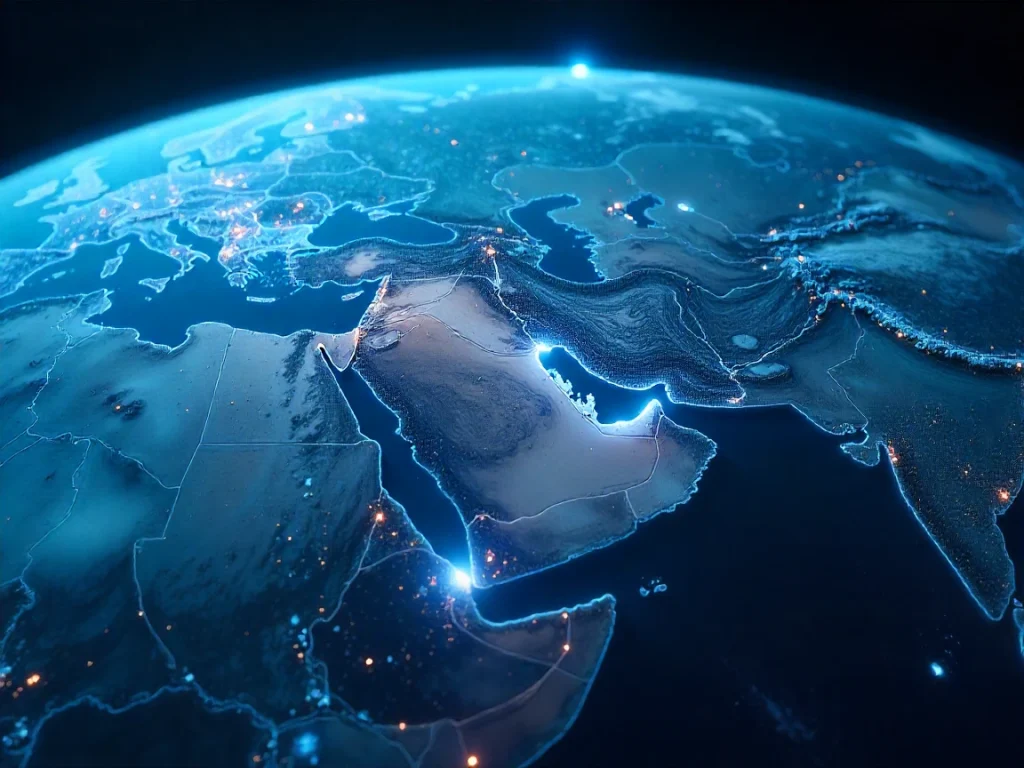
All the technologies described do not work separately, but form one integrated system. The camera is no longer just a video recording device, and the patrol robot is not just a separate, ordinary vehicle. Each of these components is a node in a larger network that passes data on and cooperates with other devices. Comprehensive border security is based on the integration of various sources of information: images from fixed cameras, radar data, signals from underground sensors or drone transmissions.
All these data streams go to command centers, where they are analyzed in real time. There, operators can see what’s happening along large sections of the border, and if necessary can immediately direct a patrol or remotely control a robot. High-speed, encrypted communication between devices in the field and the center also plays an important role. Thanks to it, information about a detected threat can be sent in seconds, and the response does not depend solely on the number of officers at a given location. Such an approach makes efficient use of available resources, makes up for staff shortages and enables action where a human would not be able to reach in time.
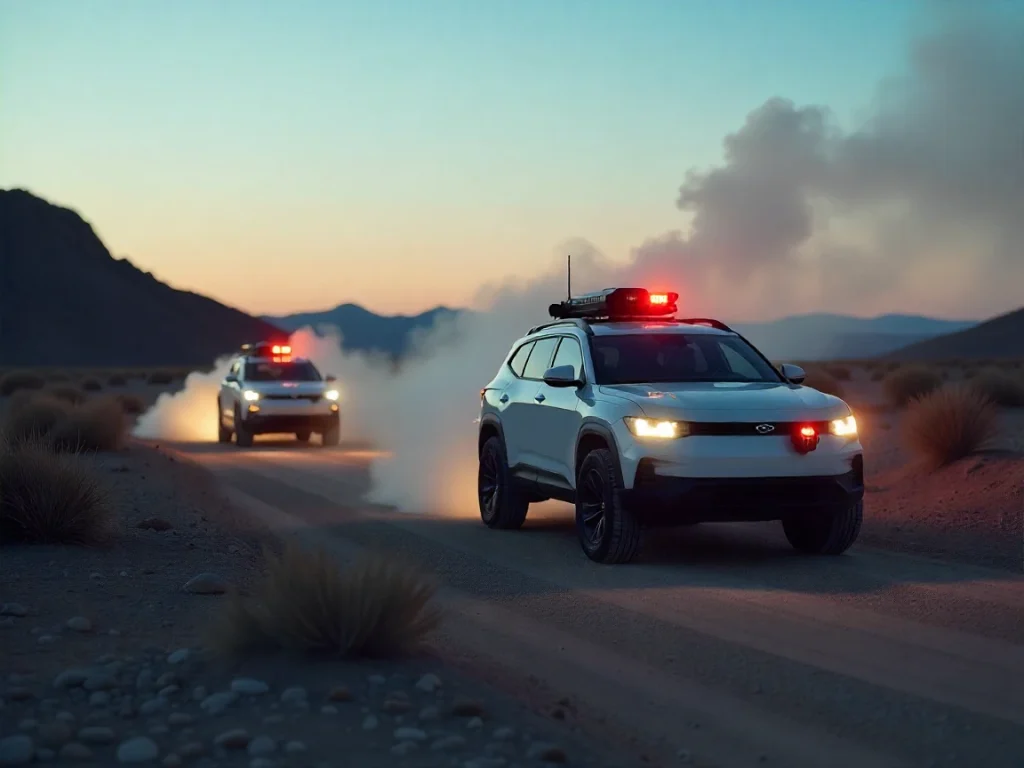
Despite the continuous development of more and more advanced border protection systems and technologies, as of today, complete automation is unlikely to be possible in this aspect. Technology cannot assess every situation and take into account its context or nuances. Therefore, the final decisions on such important matters should be made by humans. While it’s true that algorithms can quickly catch any irregularities and point out specific places that need attention, they should not replace human judgment. Thus, in the coming years, border protection technology will mainly be a tool to support officers, not replace them.
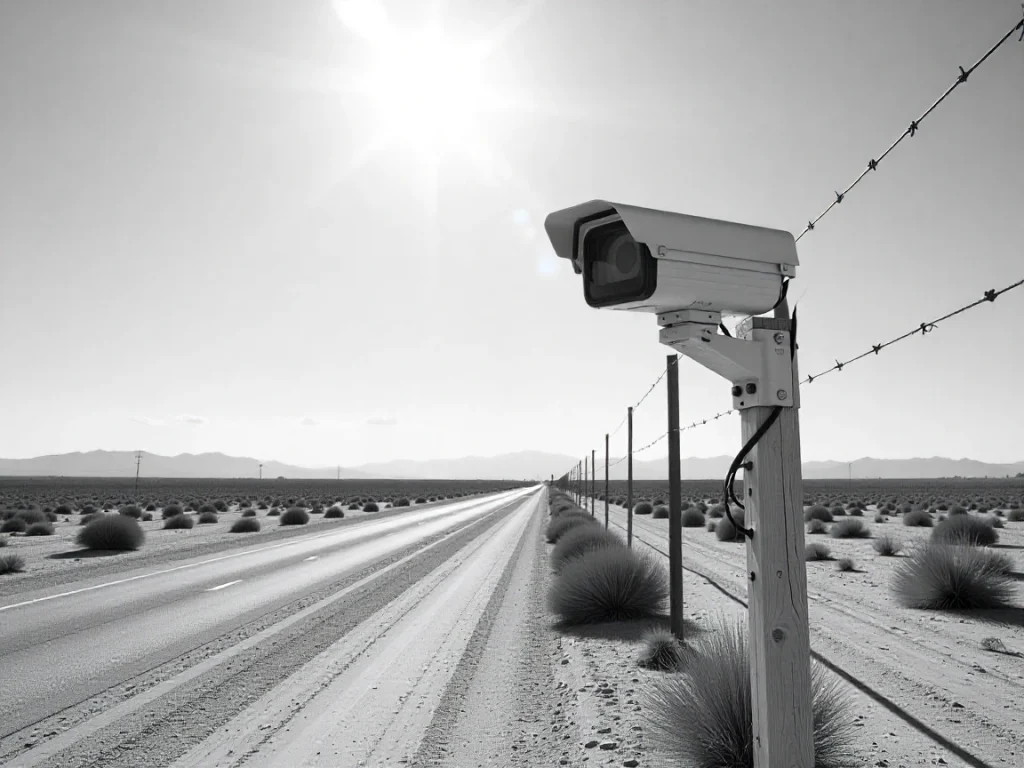
Complex border security in the 21st century is a combination of human labor and advanced tools. Autonomous vehicles, drones, camera networks, biometrics and underground sensors make it possible to react faster to threats and increase the effectiveness of operations. Such systems are already in place in many countries, and Poland has the potential to use them to an even greater extent than before. This is not a vision of the distant future – these are real solutions that can be implemented here and now. The question is whether and how we will use them.
If you want to know more about the technologies supporting border security in the world and in our country, check out the latest episode of the Digitalize.co.uk videopodcast!
In it, you will learn about 5 specific border protection systems in the world, ideas that could be implemented in our country, and many interesting facts aboutsecurity and technology.